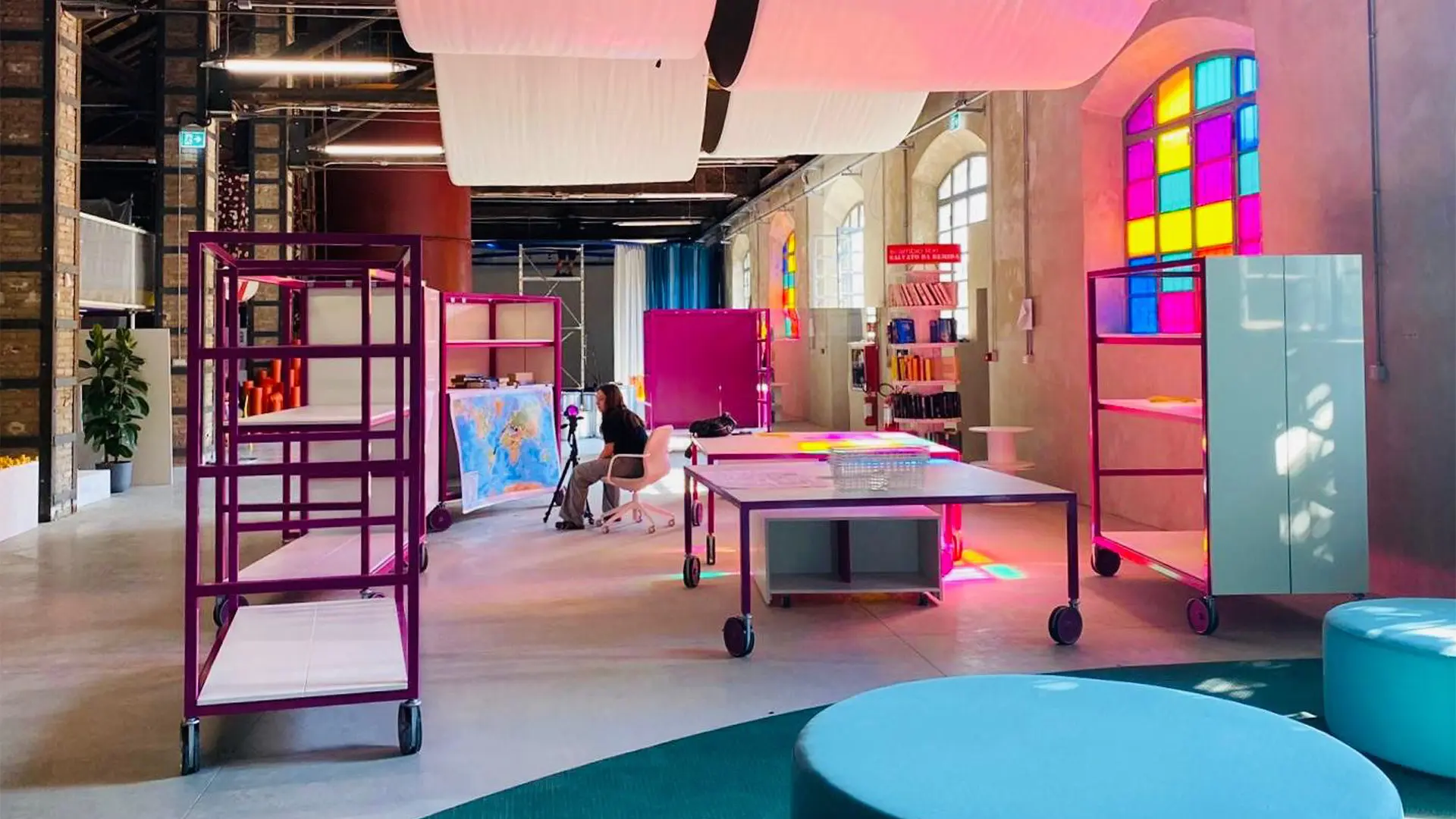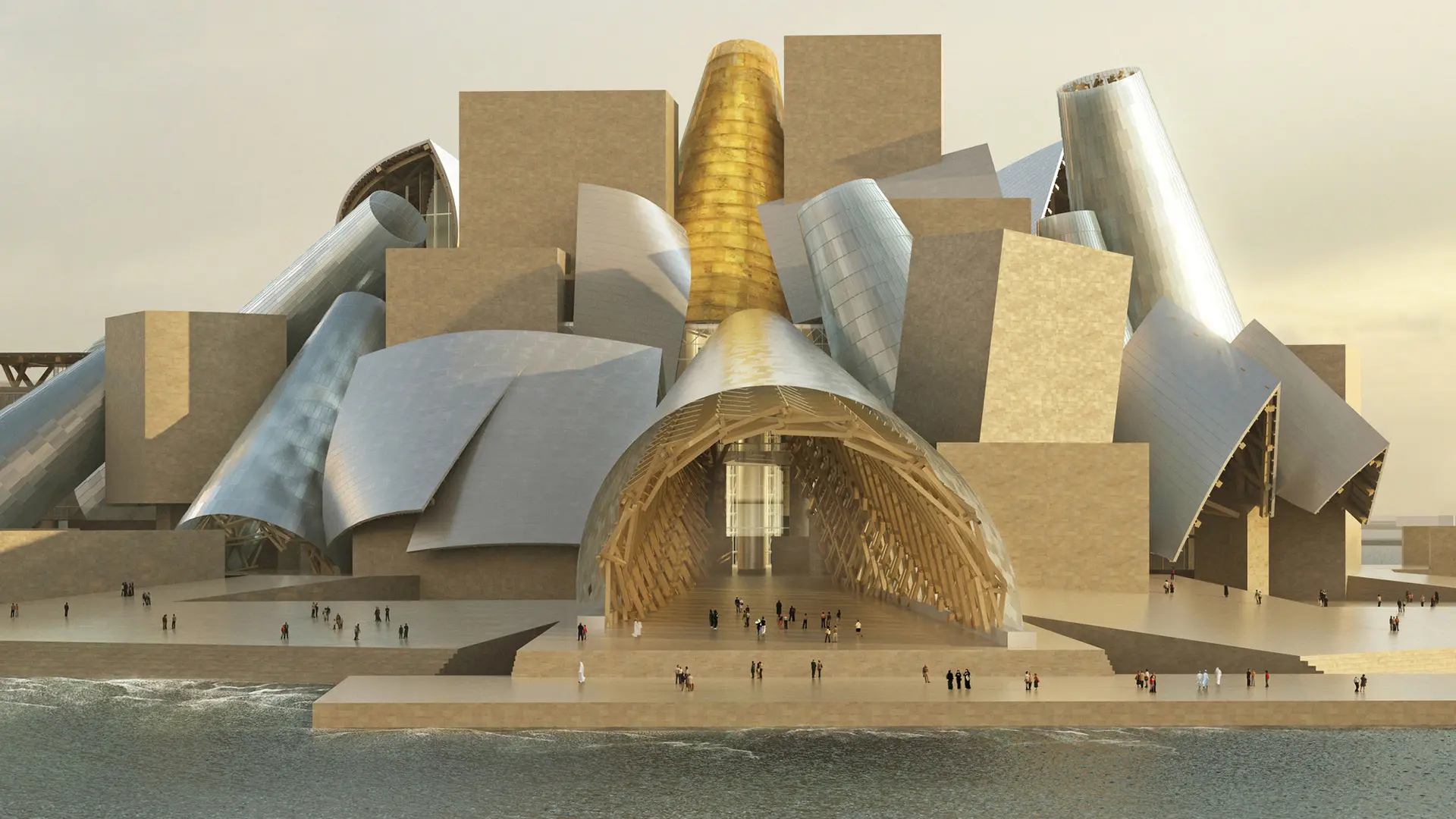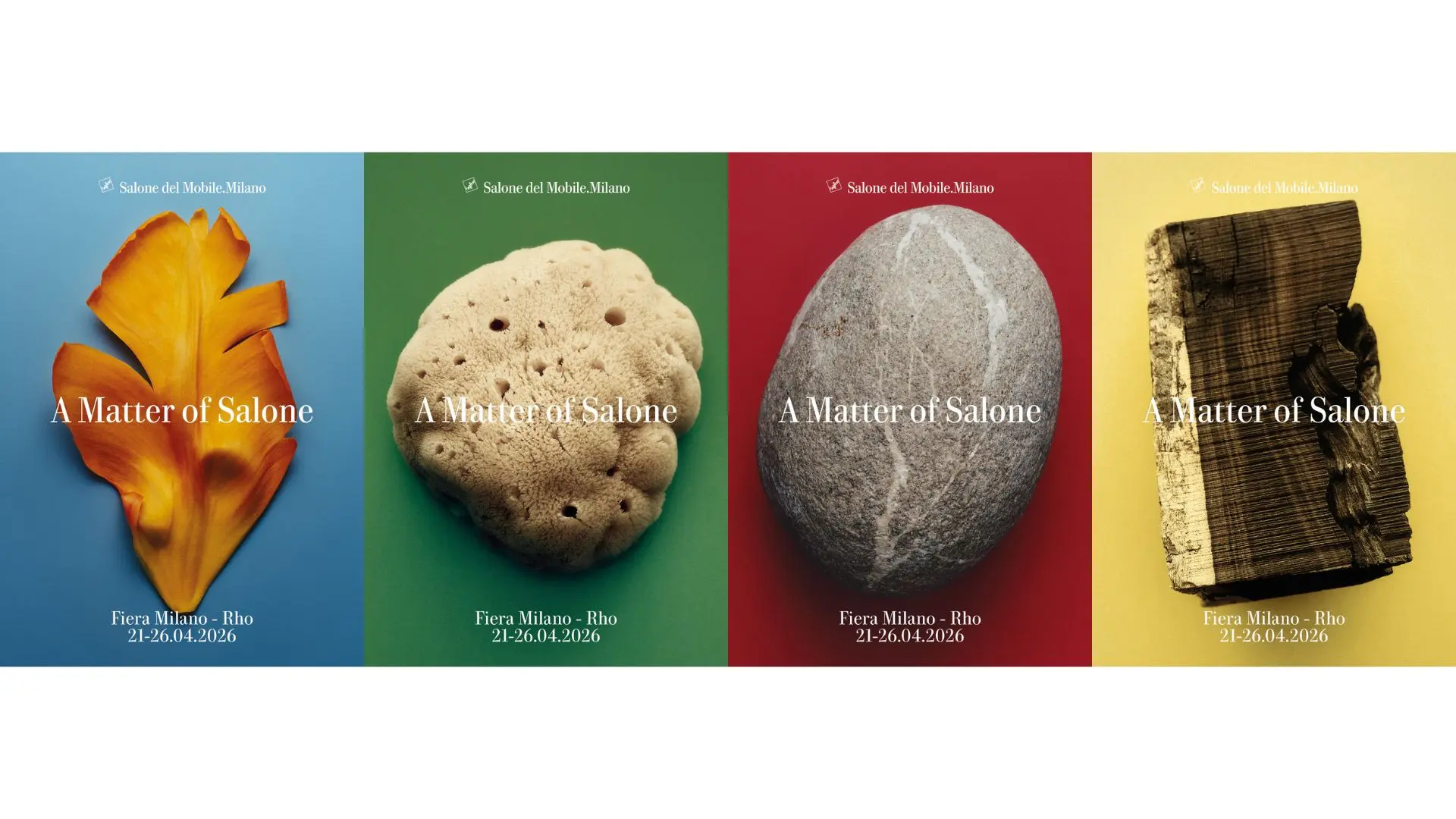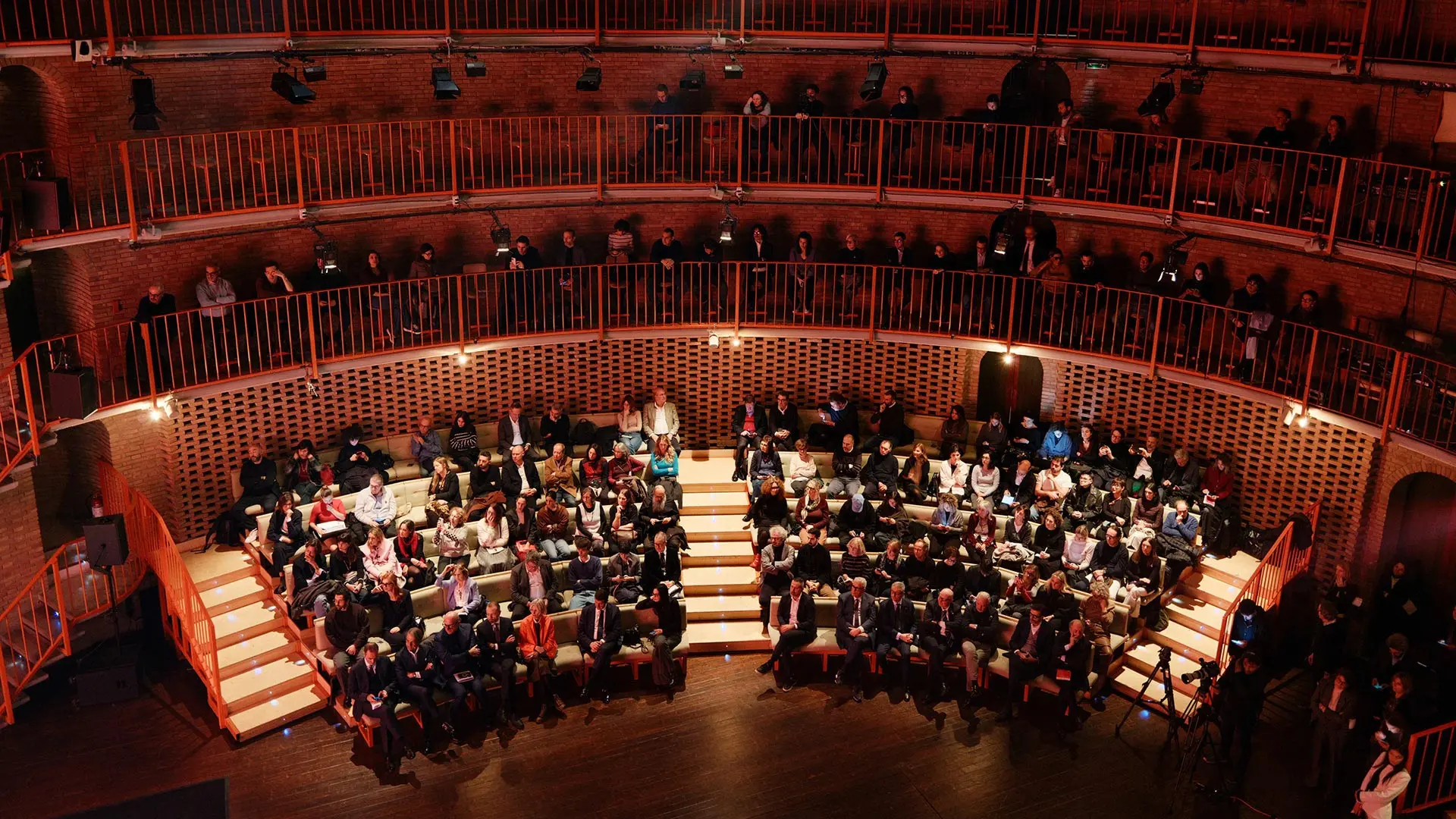From BIG to David Chipperfield, Frank Gehry to Snøhetta: a world tour of the best buildings set to open in 2026

EX CAFFARRI, a space run by the Reggio Children foundation to understand the evolution of matter
The O.O.O. research project, conducted by Giulio Ceppi for Assufficio, analyzes the evolution of mindsets and spaces in the world of work. To learn how to design new temporary offices, with an eye to inclusion
Attendance at the office? Now optional. The ability to work almost anywhere, combining professional and private commitments in the best possible way? A fact. In this phase of mutation from the physical office to the hybrid office, some people experience the shifts in workspaces as a danger, capable of affecting habits and eroding an established market. And there are others who, with the eyes of the researcher and the experience of the designer, analyze the outlines of this development to identify opportunities. A professor at the Polytechnic University of Milan and the founder of the Total Tool studio, Giulio Ceppi has conducted an analysis of the evolving identity of offices for Assufficio. To get some insights into the implications of these changes and this project in the making, Giulio Ceppi kindly answered our questions.
O.O.O., as many will know, is the acronym for “Out of Office”, as well as the title we have chosen for this research commissioned by Assufficio on emerging spaces and work habits. The experience of Covid has accelerated teleworking, a change that was already underway; a mutation particularly felt by the younger generations, who no longer want to be compelled to attend a corporate office daily. The impact of this change is significant. Due to staff rotation between office and teleworking, real-estate developers are seeing a significant contraction in the surface areas of their projects. At the same time, the more we leave the office, the more we spread out and occupy places normally not devoted to work. Think of the people working in airports, cafés, hotels, libraries, museums or hospitals. This makes it necessary to design hybrid spaces that work well for everyone; and it is here that the theme of design for all, the accessible and inclusive project, becomes central.
Today no one denies the importance of nature in the office. It may seem like a fashion, but a more osmotic, metabolic environment is becoming central to well-being. Then there are the American models, which associate the office with an amusement park. The theme of sensory enrichment, particularly relevant in care environments, is also very significant. Hyper-personalization is also becoming central: people no longer prefer the open-plan office in the catalogue, but want more tailored solutions in line with a more domestic identity. Finally, we have to consider the issue of new technologies.
It is a bit naive to think that the office will remain only a place of quality human relationships. Think of what happened to the factory, which was progressively emptied of people to become an automated chain of robots. I have no difficulty imagining offices that become places occupied only by the most intelligent machines. And it seems fascinating to think that it will be a space where I will go and interact with artificial intelligence. The issue is challenging: the more intelligent machines become, the more they have the right to assume configurations still unforeseen. Ettore Sottsass’s ELEA occupied a whole room, but nothing stops us from devising different forms today.
A design-for-all checklist does not exist. In this as in other fields, it is the way you deal with the complexity of inclusion that makes you credible – hence far beyond the aspects, certainly important, of compliance with regulations or the reception of people with disabilities. Two years ago I asked my students at the Politecnico to identify emerging profiles of fragility. When you think of inclusion, the image evoked is of people in wheelchairs, but sometimes the real issue is on the cognitive and psychological level. There is a great versatility of experience among those who work in out-of-office mode, and it is precisely this need to foster diversity and inclusion that can give rise to new experiments, between ergonomic and regulatory constraints, diversity of mindset and creative solutions. Hybridization is precisely the terrain we need to work on.
Ten years ago I designed a temporary office in the Autogrill (motorway services) at Villoresi Est, which I did at the time with the help of Luigi Bandini Buti, a very good ergonomist who came from Olivetti. Even then we understood that the office was an inclusive place, necessarily different from the office of the ’70s. Today we need to realize that we all have frailties, difficulties and problems that are also very variable over time. After all, a disability or frailty can be evolutionary conditions. just think of the obvious example of the aging population. For this reason, I feel it is important to design more gently, to be more attentive to cognitive, sensory and psychological needs, as well as motor disabilities. And to do this, we have to do co-design: as a designer, you can’t think that you alone know how to solve a problem.
In its way, this is a matter of democratic design. In addition to bespoke design, made to measure, there is a very large space for all design that takes human diversity into account. I always talk about human diversity, because on the one hand it is undeniable that globalization exists, but on the other it is true that we are increasingly different. If a designer is able to design in an interdisciplinary way, making provision for differences that are not only in the form, but also in the object, the service, the communication, the typeface used, etc., the result will be more versatile and solid. I believe that this is an opportunity for Italian design: apart from the fetishism of the great icon, there is a lot to gain from a systemic approach.
The project is the result of an exhibition I did four years ago at the Science Museum, with the aim of recounting a series of cultural, sporting, political, and economic phenomena characterized by color: from the green economy to pink quotas, from the blue telephone to the red zone and the silver economy. The format worked, becoming a series of notebooks produced by Pigna. I believe that sometimes historicizing certain moments through images can be effective, especially for the younger generations. If we are to talk about education, however, once again we need a very broad gaze. Faced with the need to adapt our education systems to the challenges of the present, furnishings can certainly play their part. But it is certainly not enough to put wheels on a chair to transform a school system into an interactive and beneficial model – think of what was done for other reasons during the pandemic.


 Stories
Stories








